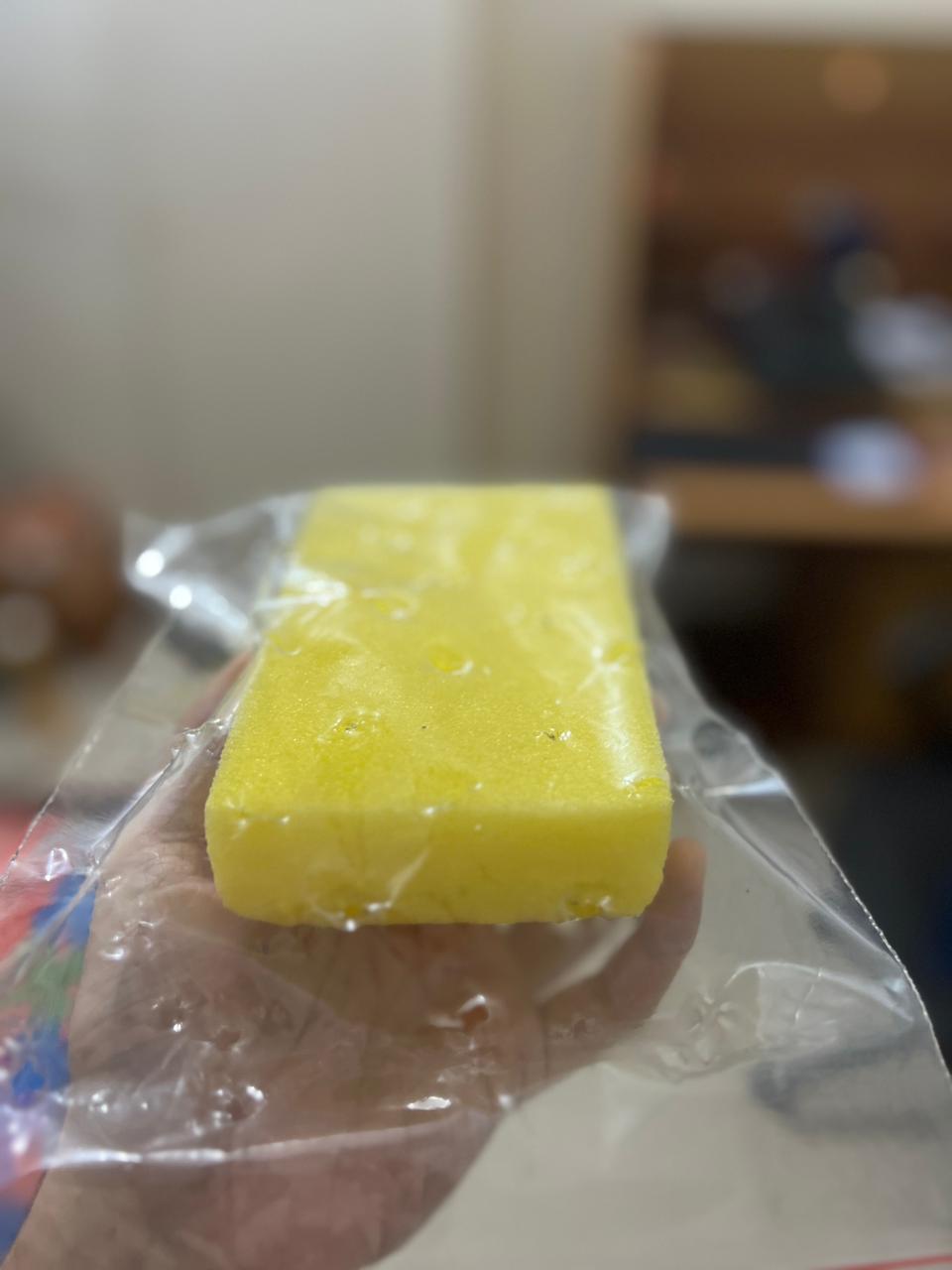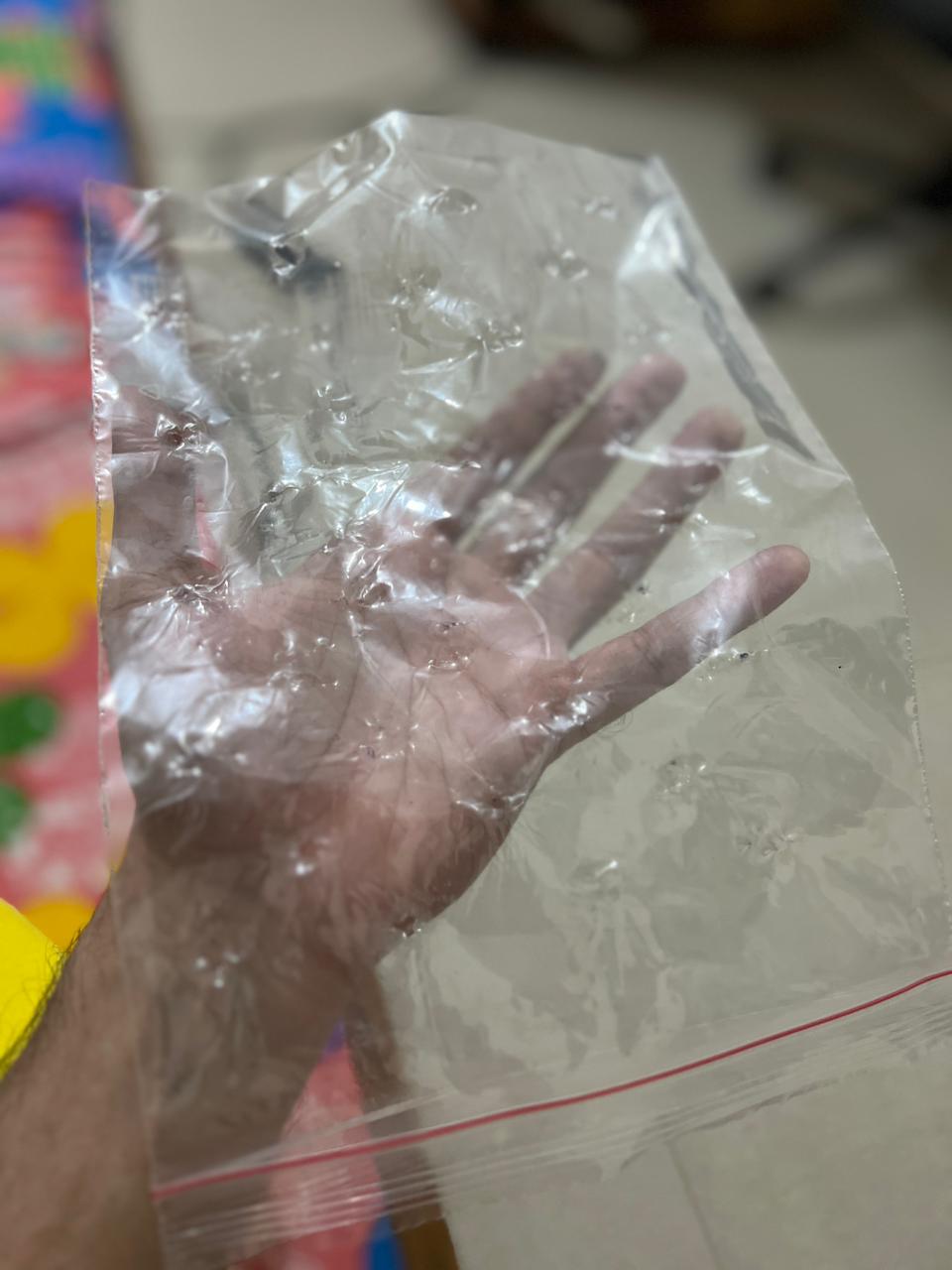|
RobF -> RE: Humidity (Oct. 7 2025 16:11:35)
|
It can go both ways. In the case of higher action in dry conditions it's often because the neck's relief can change based on the reaction of the fingerboard wood to the climate. The reason for this is as the fingerboard wood contracts or expands with the humidity the fret slots become slightly wider or narrower. A narrower slot will push against the fret tang, which can act to remove relief (straighten the neck) and lower the action, while a dry fingerboard can basically loosen the fret slot, which pushes less and allows the neck to pull into more relief. In the days before adjustable truss rods relief was often adjusted by the judicious use of frets with different tang widths. Common fret sizes with different tangs used to be fairly available, but it's not so easy to obtain them these days.
You can check this by checking the relief across the seasons. That's why people will tweak the relief on solid body electric guitars across the seasons by adjusting the truss rod. In those cases the body isn't part of the equation and the action changes are due to neck movement alone.
With your flamenco guitar the body also comes into play, so it's more complex. If you're experiencing the opposite reaction, in other words low action in dry conditions it's likely because the top is sinking. When it loses its arch, the bridge can sit lower with respect to the plane defined by the neck angle. It can take some time for a top to come back when humidity is reintroduced but sometimes it won't fully recover, it'll set in a semi collapsed state. Then you need to do some saddle adjustment.
Also, a guitar is a complex system. There's often not one single cause and effect. For instance, if the top is dry enough for the arch to pull flat then the rest of the wood is dry too. So there could be neck effects and the back and sides are also shifting dimensionally. The neck set itself can be moving. It's not a given that things are always predictable or there's cookie cutter explanations, either. I know I've probably been saying this too much in recent years, but the best way to deal with issues is by having a qualified tech do an in hand inspection of the guitar. These Internet forums can only get you so far.
|
|
|
|


